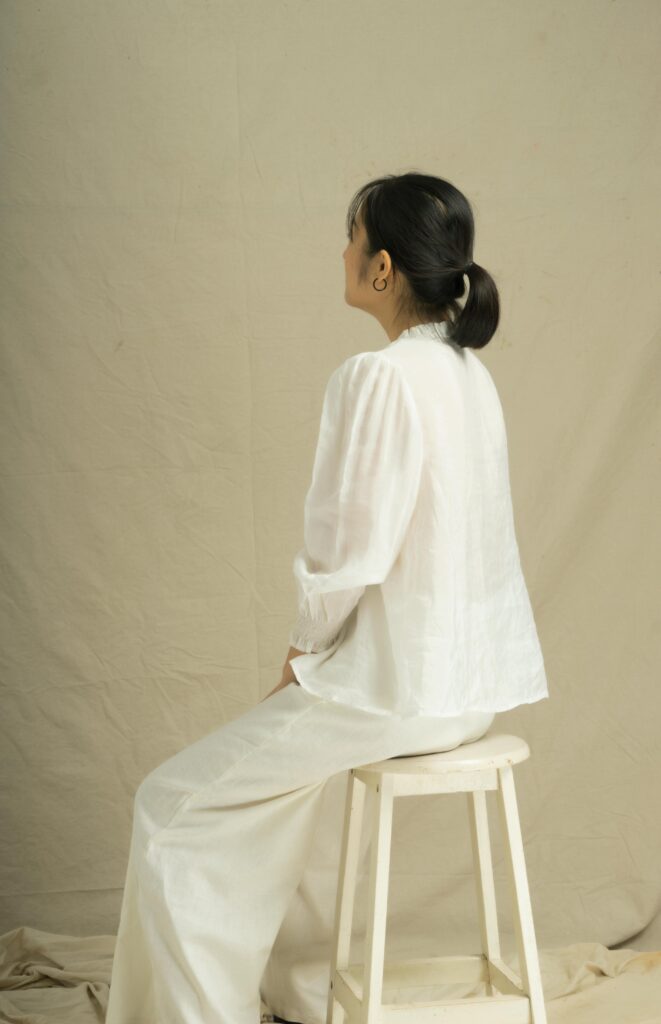Introduction
In our fast-paced, consumer-driven world, many people are seeking ways to find peace, reduce stress, and live more meaningful lives. Two popular approaches that complement each other beautifully are mindful living and minimalism. But what exactly do these terms mean, and how can they transform our lives?
Mindful living is about being fully present in the moment, appreciating the here and now without judgment. It’s a practice that enhances awareness and encourages us to engage deeply with our daily experiences. Minimalism, on the other hand, is about simplifying our lives by eliminating excess and focusing on what truly matters. Together, these philosophies can help us create a life of intentionality and tranquility.
Benefits of Mindful Living

Reduced Stress and Anxiety
One of the most significant benefits of mindful living is its ability to reduce stress and anxiety. By focusing on the present moment, we can let go of worries about the past and future, leading to a calmer, more centered state of mind.
Improved Focus and Mental Clarity
Mindfulness practices, such as meditation and deep breathing, improve focus and mental clarity. This heightened awareness allows us to be more productive and make better decisions in our daily lives.
Enhanced Emotional Well-being
Mindful living encourages us to observe our thoughts and emotions without judgment. This self-awareness can lead to greater emotional resilience and a deeper understanding of our inner selves.
Principles of Mindful Living

Being Present in the Moment
At the heart of mindful living is the practice of being present. This means fully engaging with whatever we are doing, whether it’s eating, working, or spending time with loved ones.
Practicing Gratitude
Gratitude is a powerful aspect of mindful living. By regularly reflecting on the things we are thankful for, we can shift our focus from what’s lacking to the abundance in our lives.
Cultivating Self-Awareness
Mindful living involves cultivating self-awareness by observing our thoughts, feelings, and behaviors. This awareness helps us understand our patterns and make conscious choices that align with our values.
Benefits of Minimalism

Financial Freedom
By reducing unnecessary purchases and focusing on what truly matters, minimalism can lead to significant financial savings. This financial freedom allows us to invest in experiences and items that bring genuine joy and fulfillment.
Reduced Clutter and Increased Space
Minimalism helps us declutter our physical spaces, creating a more organized and peaceful environment. This increased space can reduce stress and enhance our overall well-being.
Improved Quality of Life
By eliminating excess, we can focus on quality over quantity. This shift can lead to a more fulfilling and intentional life, where our possessions and activities align with our true values.
Principles of Minimalism

Decluttering and Simplifying
Minimalism begins with decluttering our physical and mental spaces. This involves letting go of items and habits that no longer serve us and simplifying our lives to focus on what truly matters.
Intentional Consumption
Minimalism encourages intentional consumption. This means making thoughtful decisions about what we buy, ensuring that each purchase aligns with our values and needs.
Focusing on What Truly Matters
At its core, minimalism is about focusing on what truly matters. By eliminating distractions and excess, we can devote more time and energy to the people, activities, and goals that bring us joy and fulfillment.
Integrating Mindful Living and Minimalism
Mindful Decluttering
Combining mindful living with minimalism starts with mindful decluttering. This means approaching the process of decluttering with awareness and intention, focusing on the emotional and practical value of each item.
Conscious Consumption
Conscious consumption involves making mindful choices about what we bring into our lives. By considering the environmental and personal impact of our purchases, we can make more sustainable and intentional decisions.
Creating a Peaceful Living Environment
Integrating mindful living and minimalism can help create a peaceful living environment. This means designing our spaces to promote calm, clarity, and a sense of well-being.
Practical Tips for Mindful Living
Daily Meditation Practices
Incorporating daily meditation practices can enhance mindfulness. Even just a few minutes of meditation each day can help center the mind and promote a sense of calm.
Mindful Eating
Mindful eating involves paying full attention to the experience of eating, savoring each bite, and listening to our body’s hunger and fullness cues. This practice can improve our relationship with food and promote healthier eating habits.
Mindful Walking and Exercise
Incorporating mindfulness into physical activities, such as walking or exercising, can enhance the benefits of these practices. By focusing on the sensations and experiences of movement, we can deepen our connection to our bodies and the present moment.
Practical Tips for Minimalism
Starting with Small Steps
If you’re new to minimalism, start with small steps. Begin by decluttering one area of your home or committing to a no-buy challenge for a month. Gradually, these small changes can lead to more significant shifts in your lifestyle.
Regularly Evaluating Belongings
Regularly evaluating your belongings can help maintain a minimalist lifestyle. Periodically assess your possessions and let go of items that no longer serve a purpose or bring joy.
Embracing Quality Over Quantity
Focus on quality over quantity when it comes to possessions. Invest in high-quality items that are durable and bring genuine joy, rather than accumulating a large number of lower-quality items.
Conclusion
Mindful living and minimalism are powerful approaches that can transform our lives. By embracing mindfulness, we can reduce stress, enhance self-awareness, and live more fully in the present moment. Minimalism, on the other hand, helps us simplify our lives, focus on what truly matters, and create a more intentional and fulfilling existence. Together, these practices can lead to a life of simplicity, peace, and purpose.
FAQs
What is the difference between mindful living and minimalism?
Mindful living focuses on being present and fully engaged in the moment, while minimalism emphasizes simplifying life by reducing excess and focusing on what truly matters. Both practices complement each other by promoting intentional living.
Can anyone practice mindful living and minimalism?
Yes, anyone can practice mindful living and minimalism. These practices are flexible and can be adapted to fit individual lifestyles and preferences.
How do I start with mindful living?
Start with small steps, such as incorporating daily meditation, practicing gratitude, and being more present in everyday activities. Gradually, you can expand your mindfulness practice to other areas of your life.
What are some common misconceptions about minimalism?
Common misconceptions about minimalism include the idea that it requires living with as few possessions as possible or that it is only for certain lifestyles. In reality, minimalism is about intentional living and can be adapted to suit any lifestyle.
How can I maintain a minimalist lifestyle in a consumer-driven society?
Maintaining a minimalist lifestyle in a consumer-driven society requires conscious effort and intentionality. Focus on your values, make thoughtful decisions about purchases, and regularly evaluate your belongings to ensure they align with your goals and priorities.
